All About Fertilizer: Everything You Need To Know About Feeding Plants
Identifying the best plant food and feeding times are critical to plant health. Our guide to fertilizer explains how and when to feed crops and ornamentals for happier plants
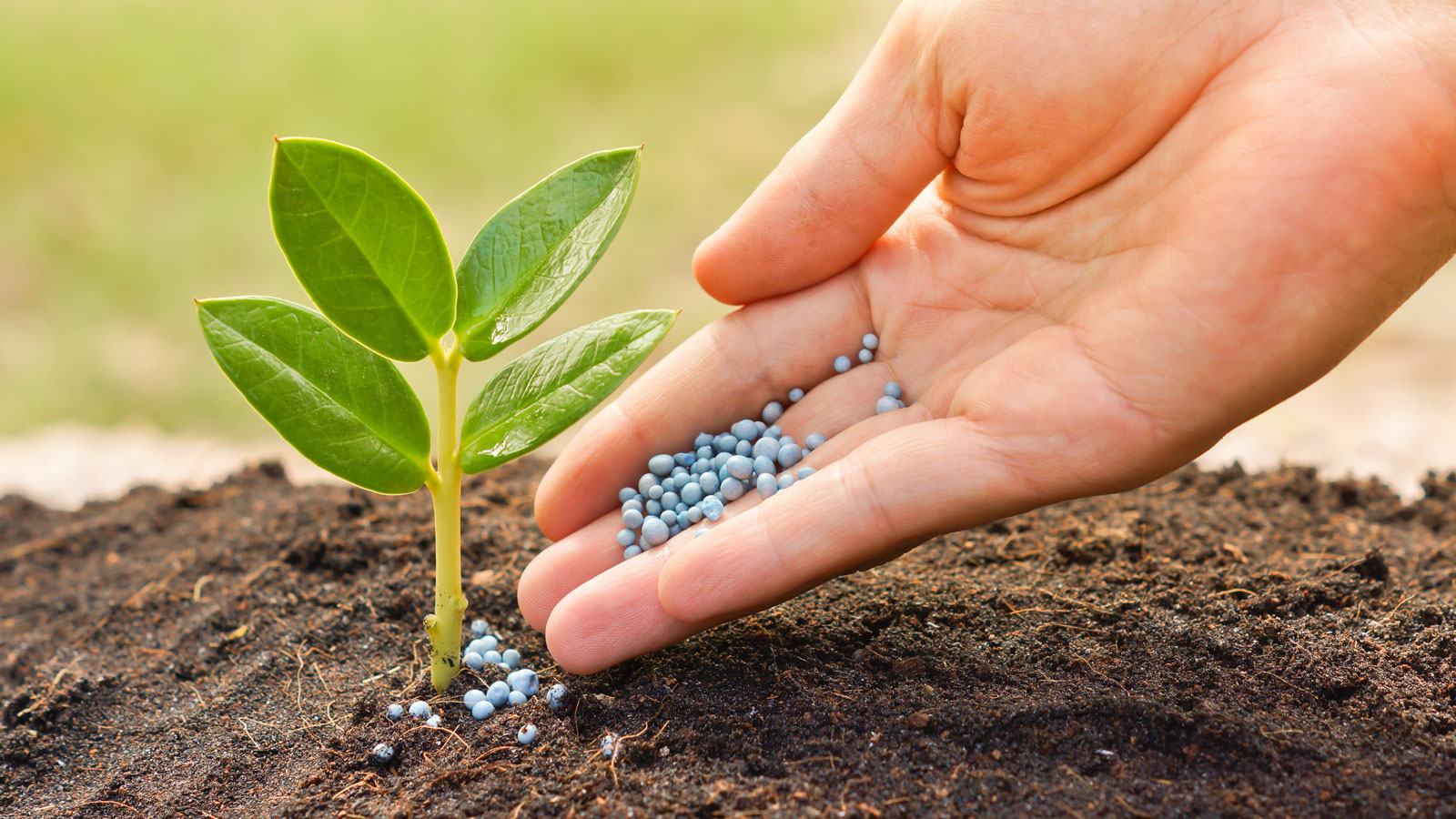

Janey Goulding
Just like people and other organisms, plants have specific nutrient needs in the form of fertilizers. These nutrients drive growth, fruit and flower production and healthy root development. Fertilizer is often key to providing our plants with their macro and micronutrient needs, as well as trace minerals and other elements.
Clearly, the long-term success of plants hinges on being able to correctly identify the best fertilizer for any given plant, at a particular stage of development – and then to add it in the best way, and in the right quantities. Understanding fertilizer rates and applications enables you to better judge food types and timings. This essential guide to understanding fertilizer outlines the fundamentals of feeding to help ornamentals, edibles, shrubs and lawns to flourish.
What is Fertilizer?
In essence, plant fertilizer lists a ratio that delineates how much of each macronutrient is contained in the formula. This three-number ratio refers to nitrogen, phosphorus and potassium, in that order. Other trace elements and secondary nutrients will also be contained in varying amounts.
There are many forms of fertilizer available to give to your plants, shrubs and lawns. They can be organic fertilizer types or conventional synthetic feeds. The formula may be a spray, granular or powder. Regardless of which type of garden fertilizer you have, the corresponding nutrient numbers are always in the same order.
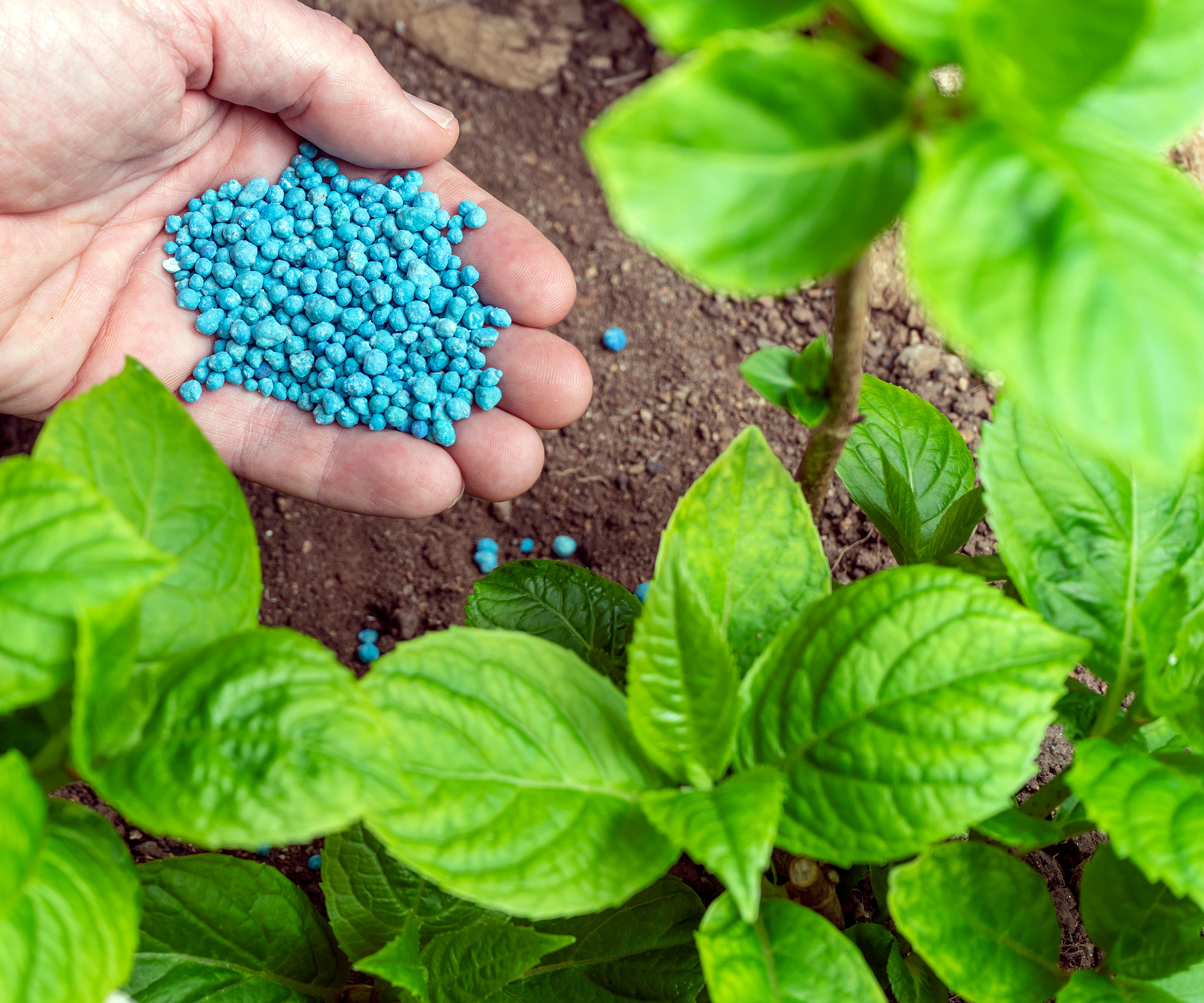
Why We Need to Use Fertilizer
Understanding how plants grow and what they need can greatly inform how we approach the task of feeding them. Plants need around 17 key elements. Of these, carbon, hydrogen, and oxygen are taken in through the air and water. The remaining 14 elements are found primarily in the soil. When soil is depleted or low in an essential element, gardeners can use a formula to supply anything lacking. This assures better growth and health, which in turn diminishes disease and pest issues.
Fundamental to good plant health is an understanding of NPK, which refers to three elements: nitrogen, phosphorus and potassium. This ratio is on all purchased fertilizers and indicates the amount of each. In addition to the NPK nutrients, a side panel will generally list any secondary nutrients as well as minerals. Secondary nutrients are calcium, magnesium and sulfur. Plants don’t need as much of these nutrients. Micro-nutrients are copper, molybdenum, nickel, chlorine, zinc, iron, manganese and boron.
Decoding Fertilizer Numbers
The three numbers listed on a purchased fertilizer for plants refer to the amount of nitrogen, phosphorus, and potassium. For instance, a 100-pound 10-10-10 bag, otherwise known as a balanced fertilizer, has 10 pounds of each macronutrient. The same size bag but with a ratio of 10-20-15 will contain 10 pounds of nitrogen, 20 pounds of phosphorus, and 15 pounds of potassium.
Sign up for the Gardening Know How newsletter today and receive a free copy of our e-book "How to Grow Delicious Tomatoes".
Certain plants, such as those grown for their leaves, need a higher nitrogen number. This is why we use a high-nitrogen fertilizer on lawns. A plant grown primarily for its flowers may need a formula with a higher phosphorus number. Some of these are sold as super phosphate products, with a lower number for nitrogen and a greater number for phosphorus. Knowing the needs of your plants is key to providing the right fertilizer.
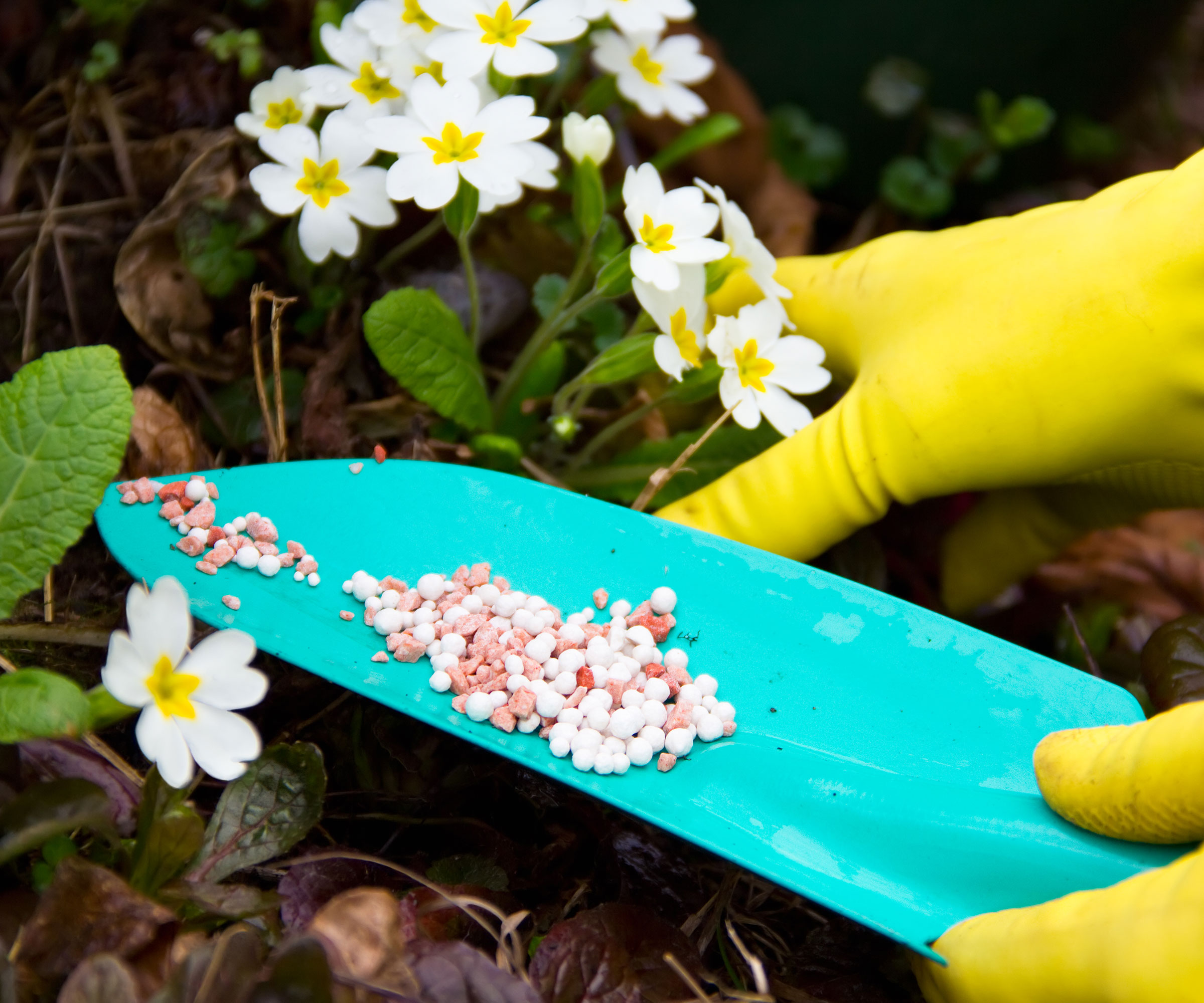
Different Types of Fertilizer
Plant fertilizers may be organic or synthetically sourced. You’ll see different modes of application (ie slow release or fast) as well as different ratios of nitrogen, phosphorus and potassium. The most simple and ancient fertilizers were well-rotted manure or compost. It can be difficult to pinpoint the exact amount of nutrients in each of these. On average, garden compost is fairly balanced in the three macronutrients, but they are contained in a small amount. Manure has a much higher amount of nitrogen. Compost is more of a soil conditioner, while manure is often a top dress or soil amendment prior to planting.
Commercial fertilizers start with raw materials like sulfur, ammonia and phosphate rock. These items are crushed, mixed and chemically treated. Organic fertilizers are mineral rocks combined with natural plant and animal derivatives. In each of these types, you may find the product in several forms. Granular fertilizers are designed to be worked in around the root zone. Liquid forms are diluted with water and can be a soil drench or foliar spray. Powders are similar to granular fertilizers and are worked into soil at precise pound measurements per area.
Choosing the Best Fertilizer for Your Needs
Before embarking on an odyssey of discovery regarding fertilizer, it’s important to do a soil test. Not all soil is the same, and not all plants will react to the soil in the same manner. If a soil test finds the site deficient in a needed nutrient, select a formula higher in that nutrient. Soil tests will also tell the pH of the soil. The pH will affect a plant’s ability to uptake nutrients.
Vegetables like a pH of around 6.5, turfgrass needs 6-7, and most trees and shrubs prefer 5.5-5.6, while acid-loving plants like blueberries need a pH of 5. Once you have determined the pH is adequate for your plants, the individual nutrient needs can be addressed. So before choosing a fertilizer for a vegetable garden, or selecting the best lawn feed, or the right formula for roses, make sure you have established what is going on in your soil. Once you are ready, determine your preferred method of delivering the fertilizer and select a formula that is easy to administer effectively.
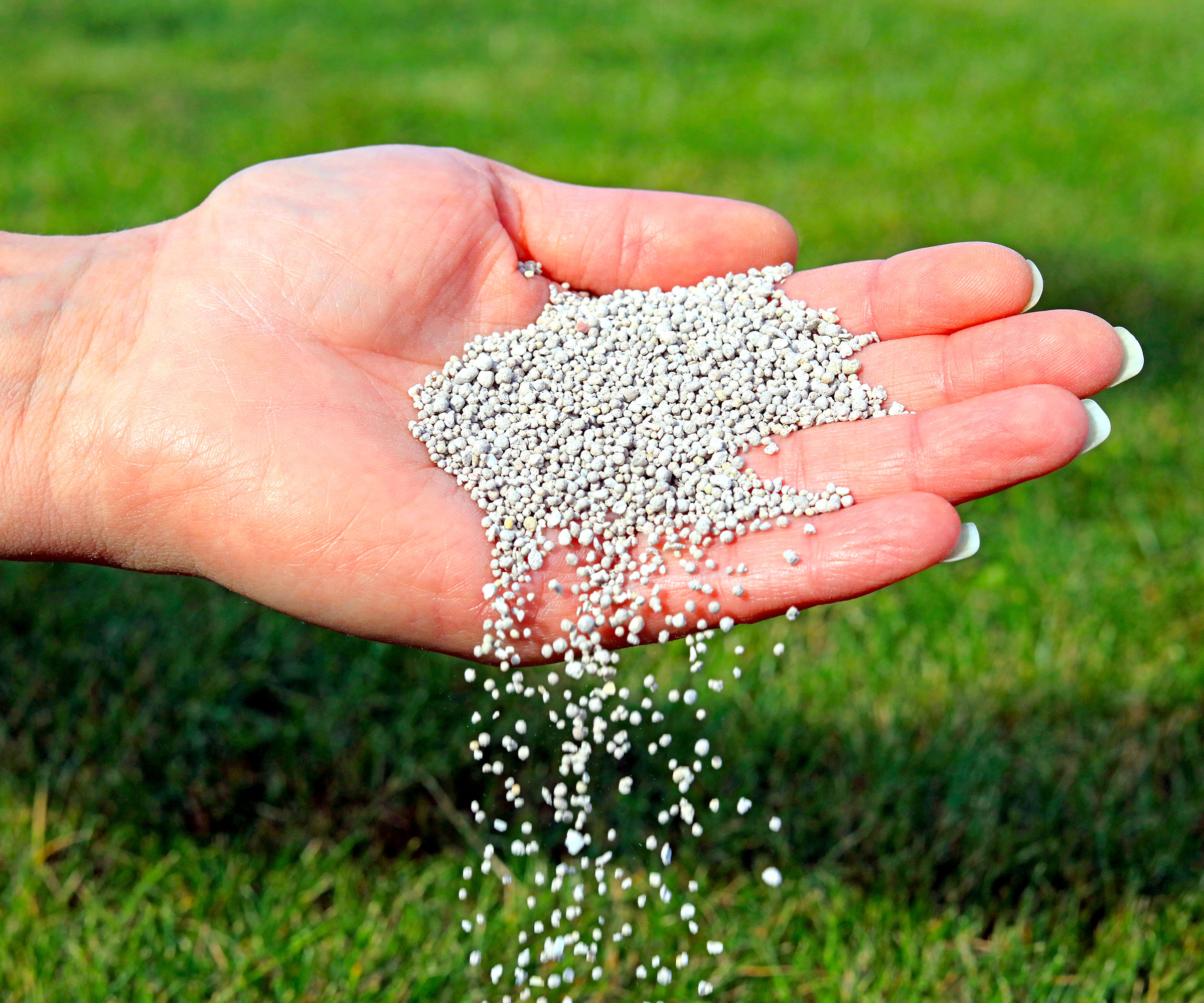
When to Fertilize Your Plants
One of the biggest mistakes people make with plant feeding involves getting the timing wrong. Misjudging the best times to apply fertilizer can cause more harm than good. Most plants should not be fertilized in winter. In cold regions, avoid feeding plants late in the season as this could force new growth that will be sensitive to freezes in fall. Generally speaking, spring fertilizing is recommended for a lot of plants that are about to start active growth. There are both fast and slow-release fertilizers. In cooler areas, a fast release is best because a slow-release formula requires the soil temperatures to be around 70°F (21°C) to release nutrients.
The frequency of fertilizing depends on the plant. For example, tomatoes are heavy feeders. If you are looking to fertilize tomatoes, bear in mind that they need more plant food than an ornamental grass, for instance. It is important not to over-fertilize as this causes run-off that can negatively affect waterways. It can also result in unsustainable plant growth spurts.
How to Use Plant Fertilizer
Allowing for the type of plant, time of year, and even weather conditions when adding food, there are several ways to fertilize plants. One way is to broadcast prior to planting and mix into the soil to a depth of four inches (10cm). Another method is a band application, where plant food is arranged in bands a few inches below the surface of the soil to feed roots.
Foliar spray (applying a mist of fertilizer directly to the leaves) works especially well with plants that have large leaves. Starter fertilizers are gently formulated to avoid injury to young or newly transplanted plants. Side dressing (applying fertilizer to a vegetable garden that has already begun to grow) increases yields, but must be watered in thoroughly. If you have questions about fertilizing in your zone, check with your local extension service for information tailored to your area.
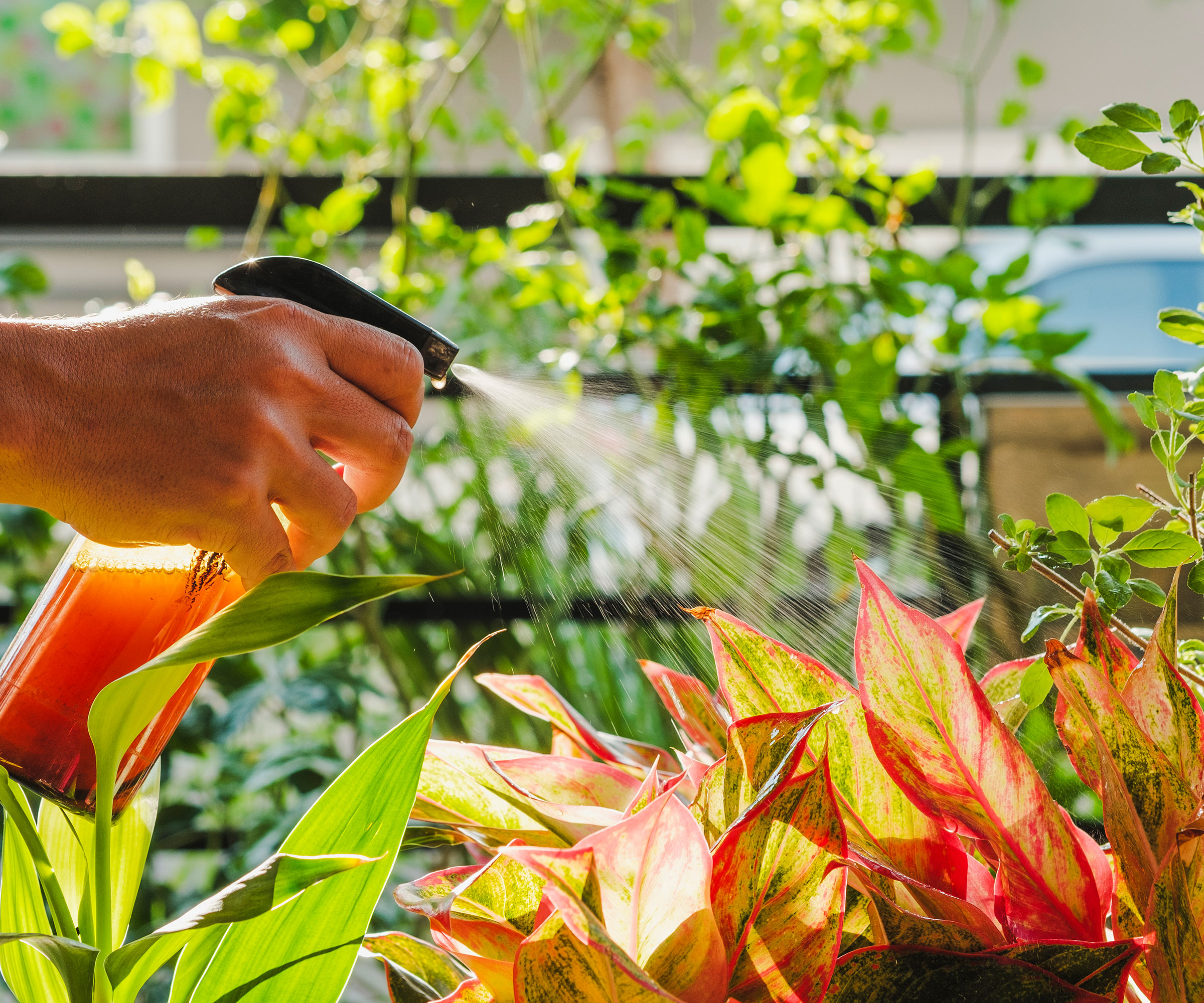
Frequently Asked Questions
What is the Most Important Fertilizer for Plants?
The answer to this question will depend on whether you are looking to feed flowering or fruiting plants, large shrubs, trees or lawns. It will also depend on which stage of development your plants are at (for instance, crops that have started to fruit will need phosphorus and potassium, whereas nitrogen is good for encouraging leaf growth).
However, as a general rule, the most important fertilizer is an all-purpose blend of 10-10-10 NPK (nitrogen, phosphorus, potassium). This can be administered in granular form (as a slow-release feed) or liquid form (added approximately once a month during active growth, or more frequently depending on the plant).
Should You Water Plants Before or After Fertilizing Them?
This question has caused plenty of debate in gardening circles, and expert opinions often differ on the running order of water and food. Again, it can depend on the plant, time of year, and type of feeding you have chosen. It can help to water a few hours before feeding, as it can ‘prepare’ the soil or compost and reduce the risk of air pockets. However, granular feeds do their best work if you water the plant after application. Indeed, some feeds rely on water to kickstart plant absorption. If you add a lawn feed, some experts recommend waiting a day or so before watering.

Bonnie Grant is a professional landscaper with a Certification in Urban Gardening. She has been gardening and writing for 15 years. A former professional chef, she has a passion for edible landscaping.
- Janey GouldingContent Editor